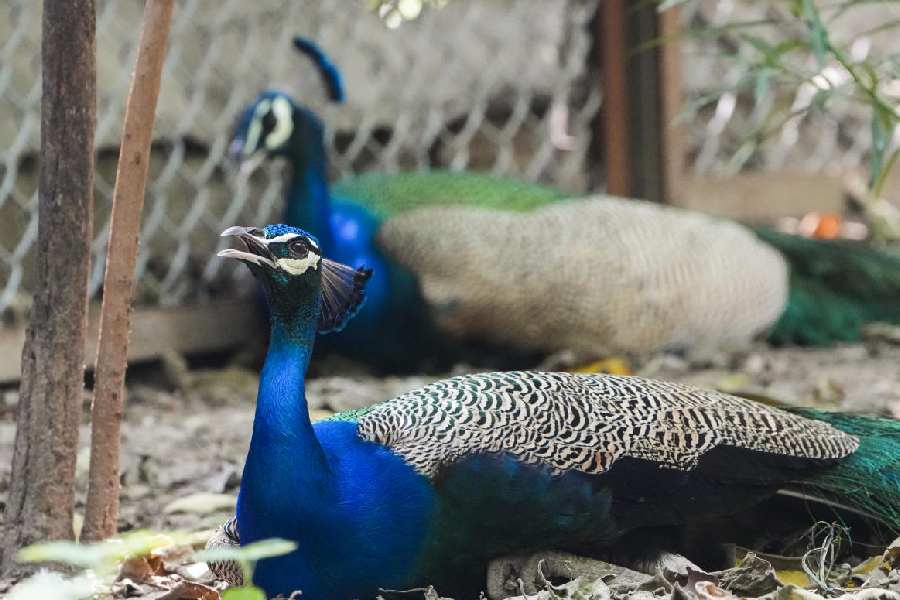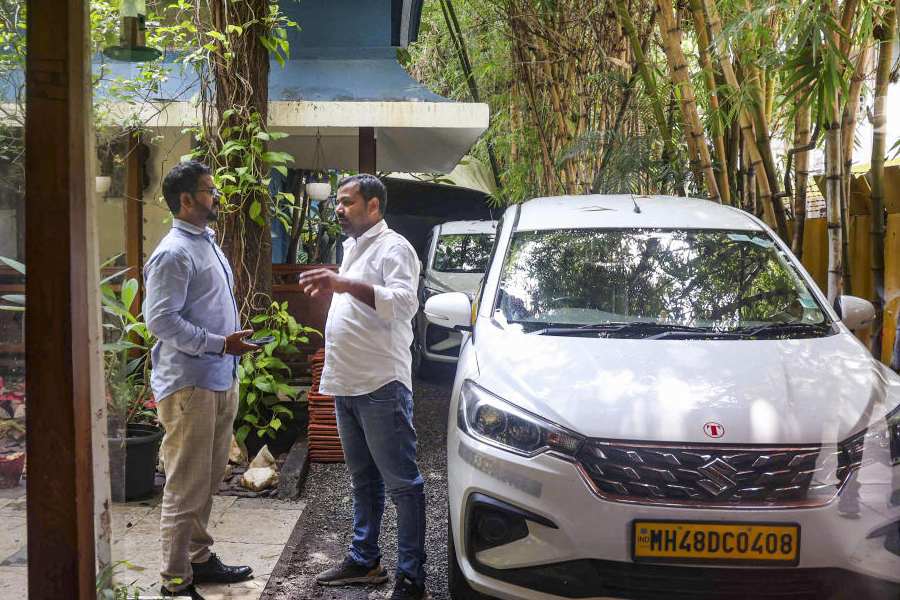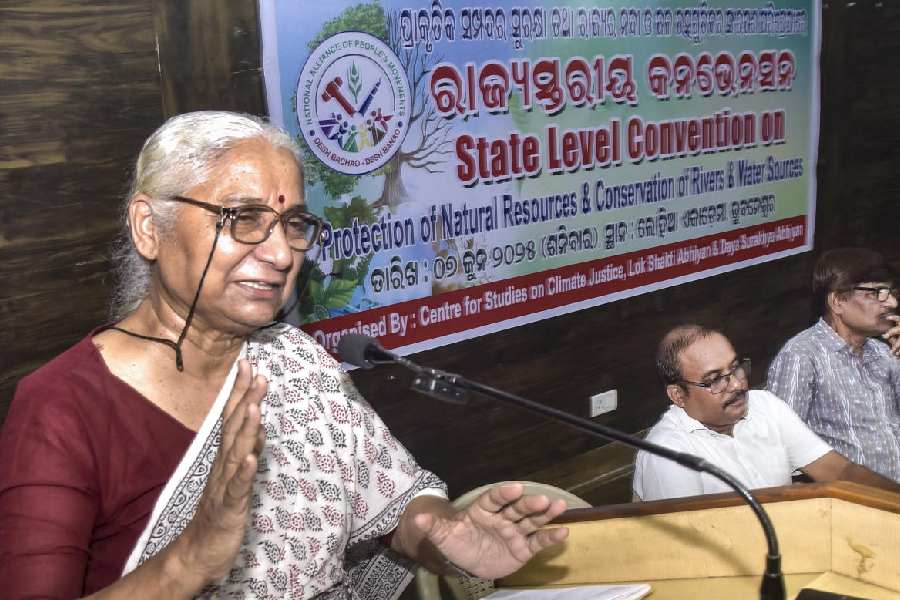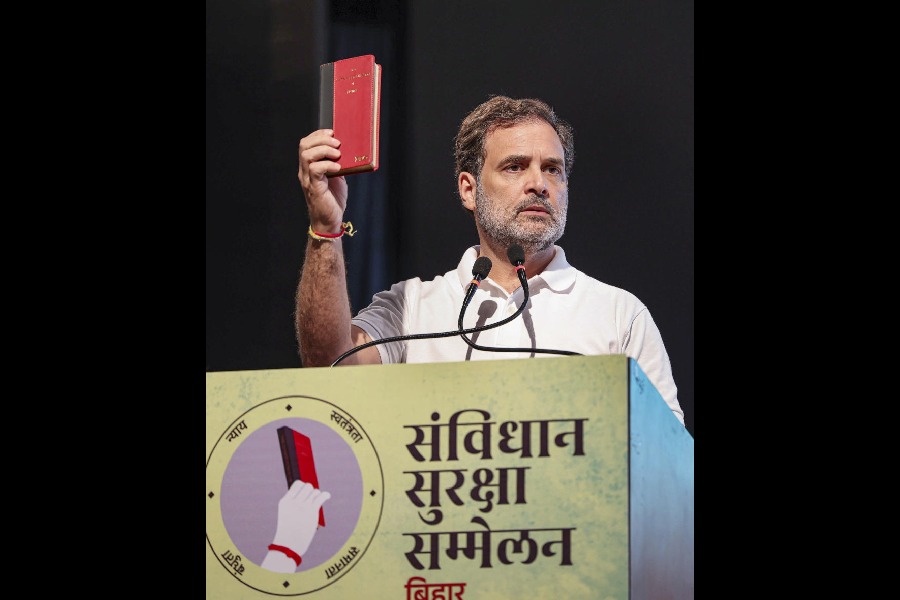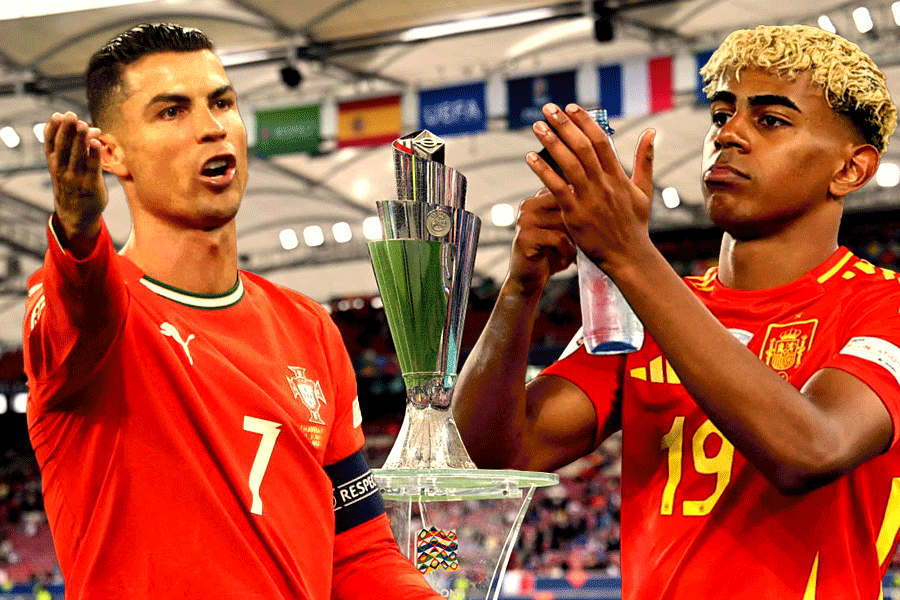|
|
| Kamal Nath at the WTO ministerial conference, Hong Kong |
The World Trade Organization is vilified in many circles in our country for allegedly framing policies that are aimed at bending India to its will. Critics also compare the WTO with the imperious East India Company. India, critics often point out, has become subservient to the whims of this arrogant behemoth. The country has lost its independence, natural resources and its low-cost economy to this organization. The highly complex technical details and the subtle trade-offs that are part of the ongoing negotiations between India and the WTO are little known or understood.
Until about the Nineties, India’s economy was relatively closed to the outside world and the level of integration of the country’s economy with the global economy was minimal. In fact, one of the explanations given for India not being much affected by the Asian financial crisis was that the economy was not interwoven with the global money markets to any substantial degree.
However, with the gradual opening up of India’s sheltered market both in goods and in services, coupled with a more liberal approach towards foreign investment, the Indian economy is getting increasingly integrated with the world economy. The recent fluctuations in the stock market are partly a reflection of this intermeshing. It is noticeable that the print and electronic media in India now give greater coverage to events occurring in the global markets because they have an inevitable impact on the country’s own economy. Today’s managers are functioning in a globalized world and the distinction between domestic and foreign markets is becoming blurred. Every market in the world is slowly becoming more contestable. The WTO is one of the institutions, which has a profound effect on the global economy and the greater competitiveness and accessibility of markets.
During the first round of negotiations under the aegis of the General Agreement on Tariffs and Trade, there was no pressure brought to bear on India. The situation changed during the Uruguay round (1986-94), when the developed countries started to demand the opening up of the Indian economy. But despite this, India did not have to make any major commitments in the area of agriculture. The country made limited concessions in the services sector. With regard to industrial tariffs, India bound only about two-thirds of its tariff lines at an average of above 40 per cent. The major concession made by India during the Uruguay round was in the Trade-Related Aspects of Intellectual Property Rights agreement, especially the obligation to provide product patents in the pharmaceutical area with effect from 2005.
The WTO came about in 1995 as a result of the negotiations in the Uruguay round. Its main role is to frame and administer the rules, which are determined by the members themselves for the conduct of international trade. Traditionally, decision-making in the WTO is done on the basis of consensus, which makes the organization a very democratic body. Every member in the WTO has a veto. It is the principle of non-discrimination that has made the GATT earlier, and the WTO now, a valuable resource for most governments across the world. Nearly 30 countries, including Russia and Iran, are waiting to accede, and an economic power-house like China has agreed to many commitments over and above WTO requirements in order to become a member. Unlike the GATT, the WTO has a dispute settlement mechanism which is available to all member countries, which has been utilized by India dozens of times, either as plaintiff or as a defendant.
The current Doha round, which began in 2001, is expected to come to a conclusion in the middle of this year. Today, India is considered by all foreign countries to be a strong emerging economy with competitive strengths and a great potential for growth. The major industrialized powers like the United States of America and the European Union are demanding a substantial opening up of India’s thus far protected market to gain a better access for their goods and services. Neither the US nor the members of the EU are willing to offer concessions in agriculture unless countries like India reduce their agricultural and industrial tariffs and open up their services market, including the financial services sector. Developed countries have taken to categorizing India, Brazil and a few other nations as ‘advanced developing countries’, though no such category exists in the WTO. This has been done with a view to making these countries undertake additional commitments relative to other developing countries. This is the price of India’s economic success.
At this stage, it is difficult to predict the outcome of the Doha round of negotiations and the impact it will have on the Indian economy. What is clear is that India will have to make wider and deeper commitments than ever before. This should not be a cause for concern since the Doha negotiating mandate, the July framework of 2004, the Hong Kong ministerial declaration of 2005, and the international alliances that our country has built up with other nations having similar objectives will give India adequate strength to defend its core interests.
A vast nation like India with its complex disparities and internal dynamics cannot become competitive in every product in the short term. But, like the process of globalization itself, the emergence of a progressively competitive world in trade, investment and services is inevitable. Few of the problems faced by the Indian economy are directly attributable to the WTO. Those who criticize the WTO vociferously would do well to look at the various deficiencies within — the failures at the level of policy, feudal land tenure systems, the lack of discipline, corruption and the distortions that internal subsidies and public monopolies have engendered.
The essence of a multilateral trading system is to provide fair competition in all markets to all members. The corollary is that, to survive and to grow in the global marketplace, every country has to become more competitive. At the same time, one has to accept the fact that other markets, in both developing and developed nations, will also become more open and accessible and thereby enhance the opportunities that come India’s way, provided the country remains competitive enough to take advantage of them.
Given India’s technical skills and its wage structure, the country is in a better position to do this than most other nations. Only by this hard road can India achieve the status of a world power with a globally integrated economy and win respect from the international community.






